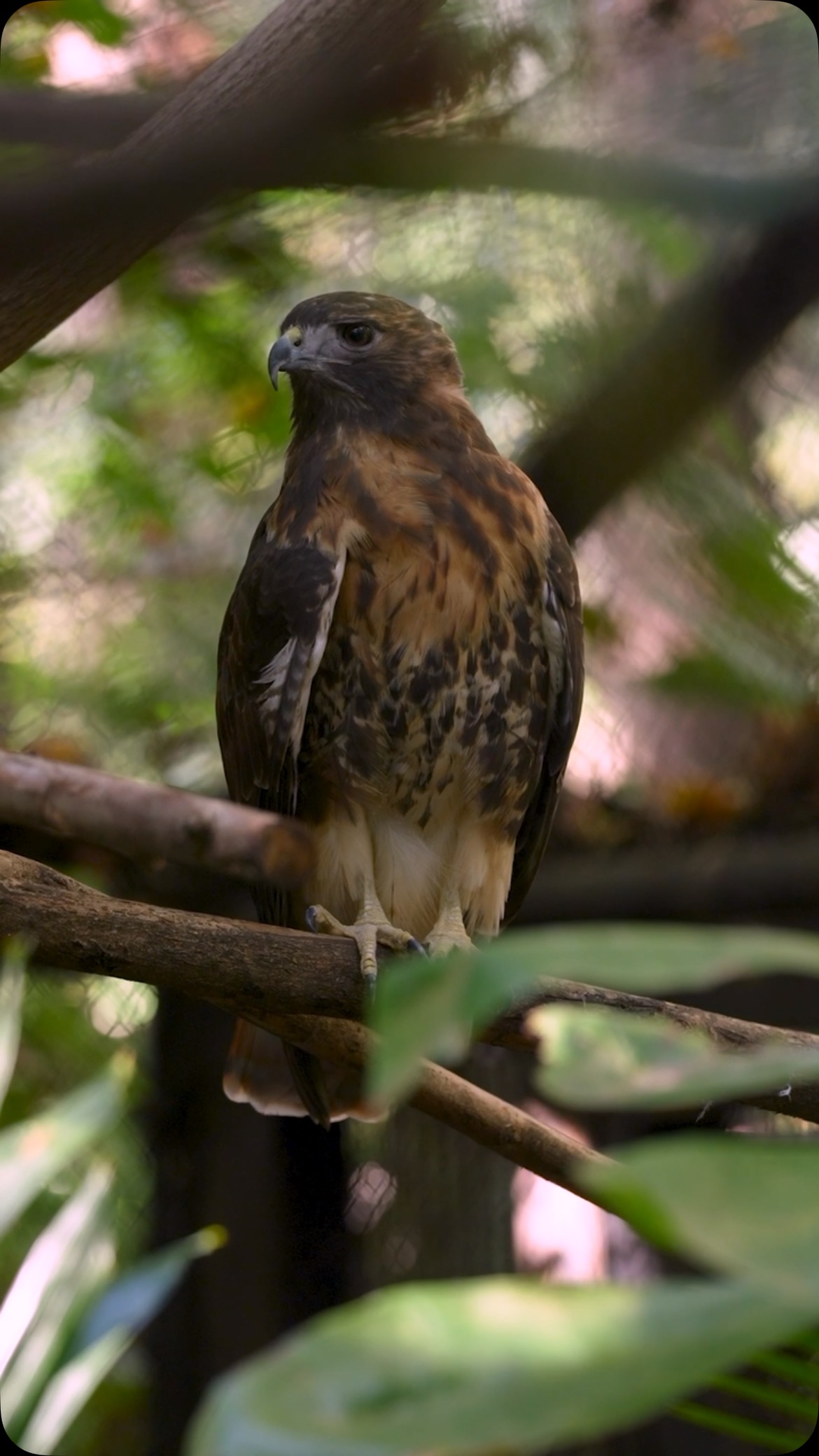- Overview of Ajax, the red-tailed hawk, and his role in the ecosystem.
- The significance of zoology in understanding and caring for wildlife such as Hawks.
- The importance of habitat conservation and wildlife management in zoos.
- The role of zoos in education and conservation efforts.
- How to engage with and contribute to conservation efforts as a visitor.
Ajax, the red-tailed hawk, is much more than a passing attraction; he plays a crucial part in demonstrating the complexity and depth of avian species and their habitats. Red-tailed hawks are well-known for their distinct appearance, with dark brown feathers and a famously colored reddish tail, making them one of the most recognizable hawks in North America. These birds are not just visually stunning; they serve as vital indicators of environmental health, contributing to the balance of ecosystems by controlling prey populations.
Zoology, the scientific study of animals, offers insights into the behaviors, physical characteristics, and habitats of species like Ajax. Understanding the patterns and needs of hawks contributes to conservation efforts and animal welfare. Zoologists engage in extensive research to protect species whose populations are threatened by habitat destruction, climate change, and human intervention.
The existence of hawks like Ajax in zoos represents a significant element of habitat conservation. Zoos are not merely recreational venues; they are integral to maintaining genetic diversity and gaining insights into endangered species. By housing animals like Ajax, zoos provide a protected environment where these creatures can thrive without the imminent threats they might face in the wild. Furthermore, when zoos carefully manage environmental conditions to mimic wild habitats, they help preserve the natural behaviors of species, facilitating future reintroduction efforts.
Apart from conservation, zoos hold a pivotal role in education. They provide a platform for people of all ages to learn about wildlife and the importance of biodiversity. By observing creatures like Ajax in their semi-natural settings and understanding their behaviors, visitors can better appreciate the complexities of ecosystems and the urgent need for conservation. Zoo visitors can also witness firsthand the effects of conservation efforts, which can inspire an ethos of environmental stewardship.
Engaging with conservation is an empowering activity for zoo visitors. It involves more than just observing animals; it’s about understanding and contributing to the survival of species both within and beyond zoo boundaries. Visitors can participate in conservation programs and adopt practices in daily life that reduce environmental impact. Something as simple as supporting eco-friendly products or reducing plastic use can contribute to wider conservation goals. Additionally, volunteering with wildlife organizations or supporting local conservation efforts can make a significant difference.
Ajax serves as a symbol of the extraordinary biodiversity within our ecosystems. His existence in a zoo setting allows for the study and appreciation of avian species, while simultaneously stressing the importance of habitat preservation and biodiversity. As visitors exit the zoo, a final stop to see Ajax may remind them of the interconnected nature of all species and the individual role each person plays in fostering a sustainable future for wildlife.
*****
Source Description
Don’t forget to stop by and say hello to Ajax, the red-tailed hawk as you exit the Zoo. He blends in well with his lush habitat, but he’s there, probably stalking some lizards 😊.


